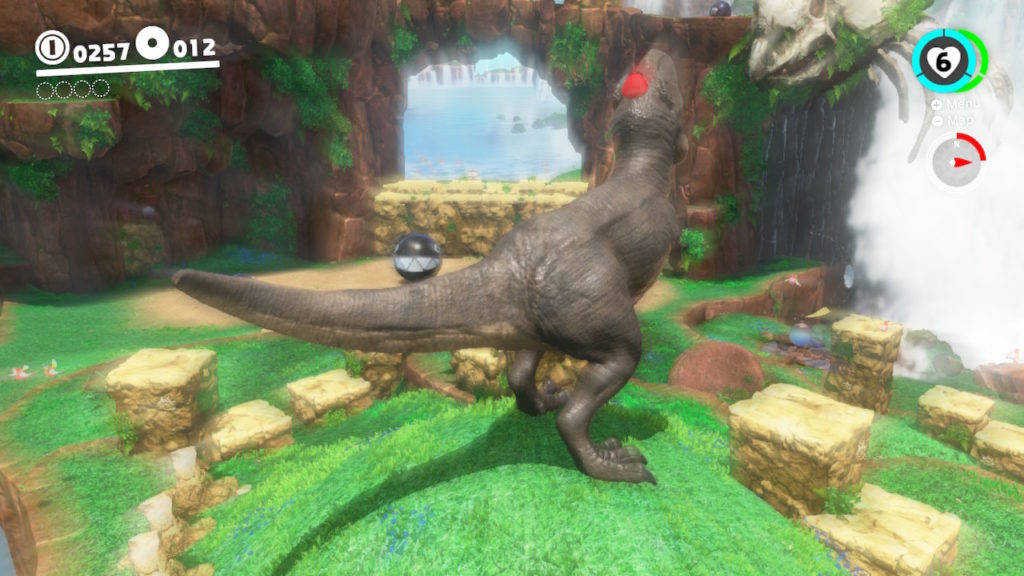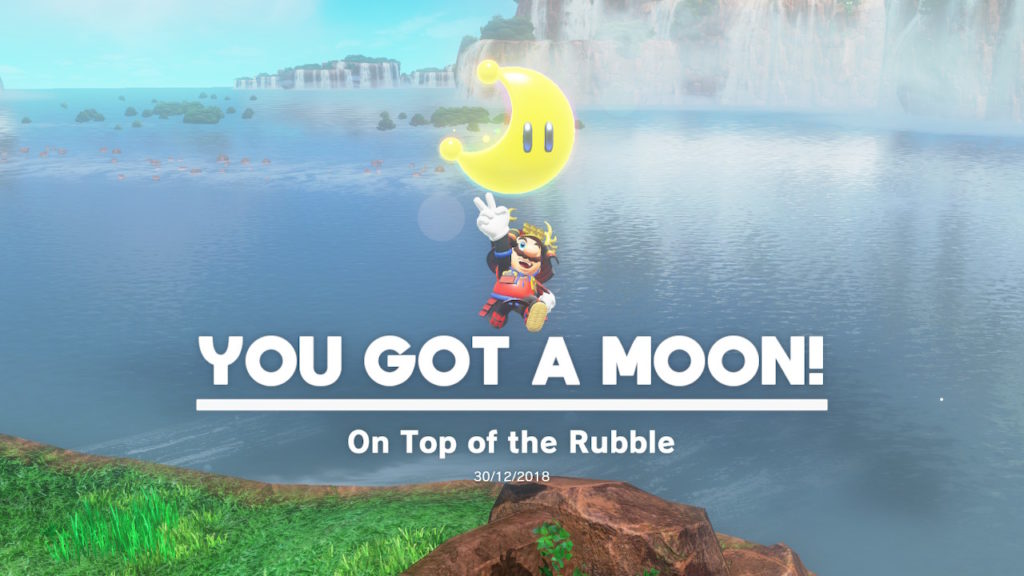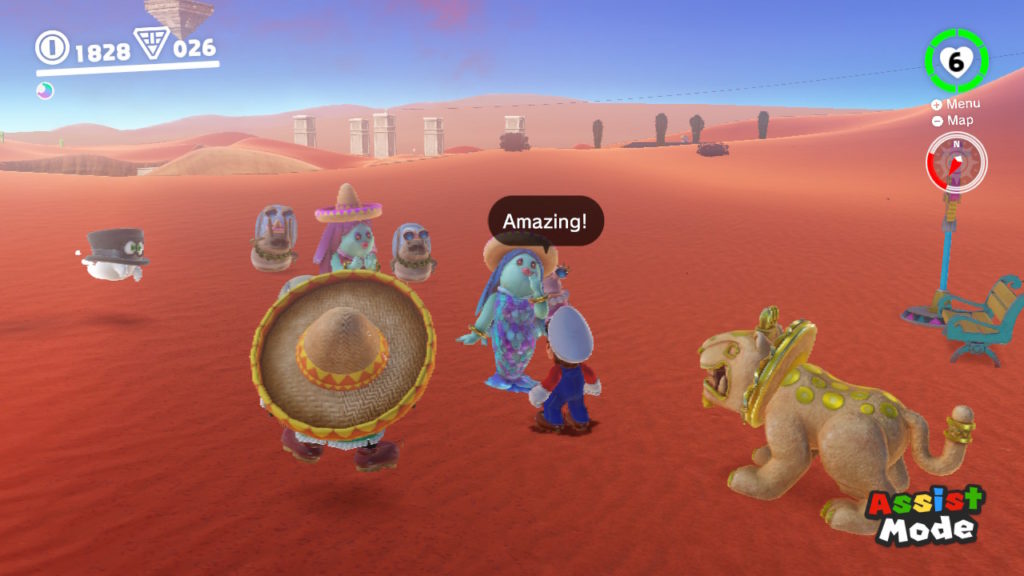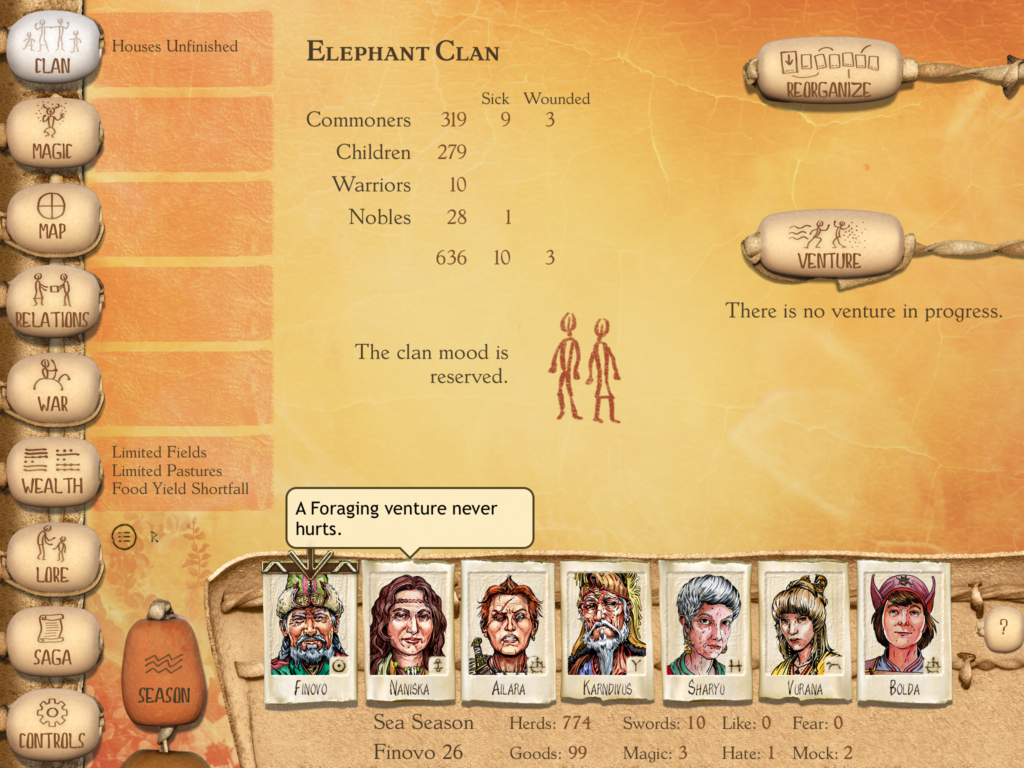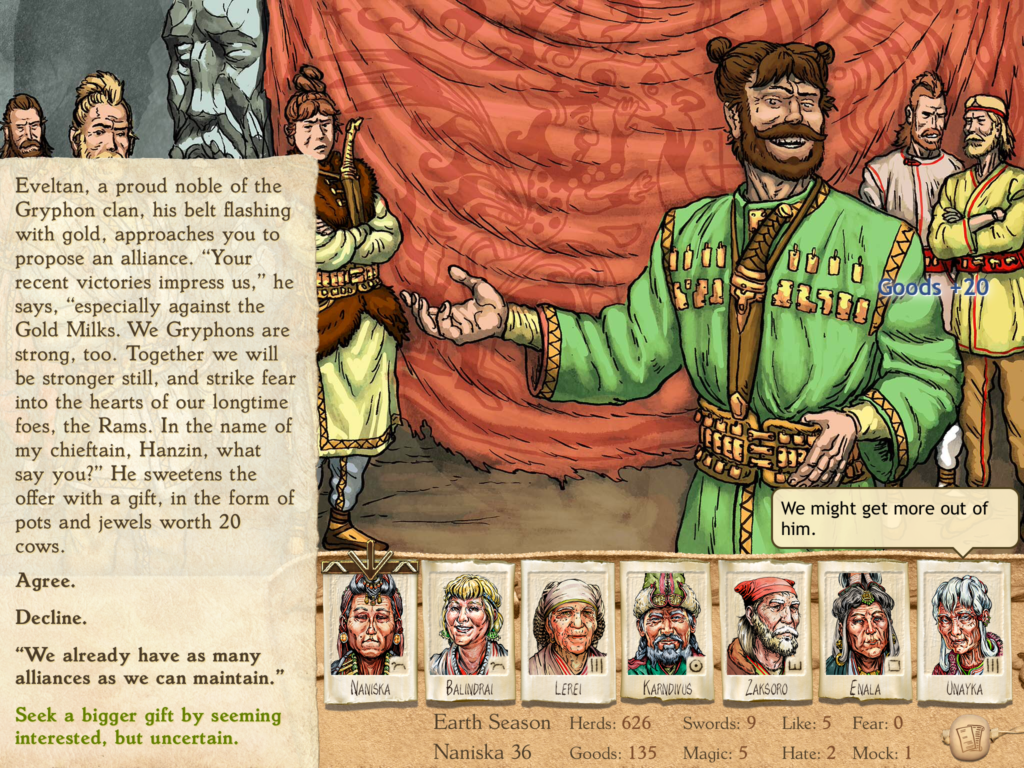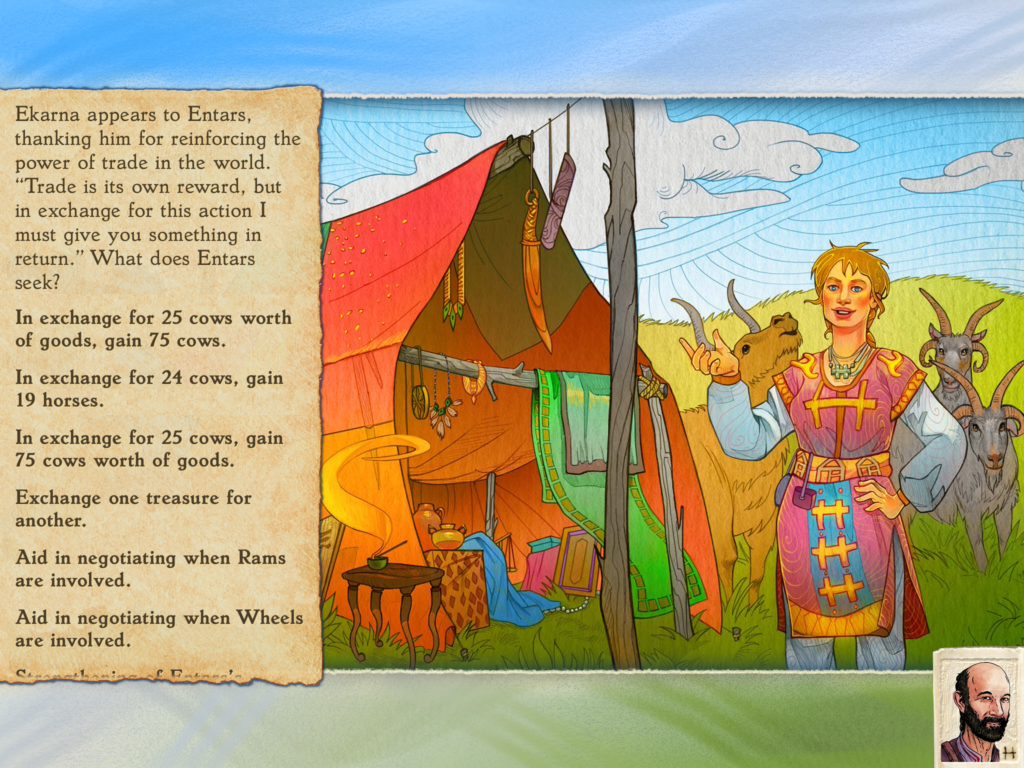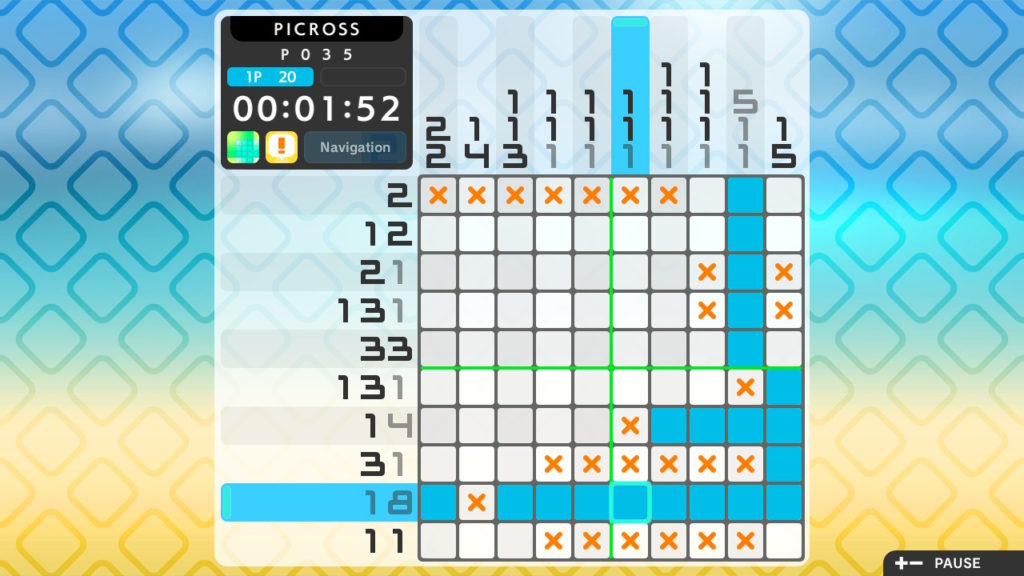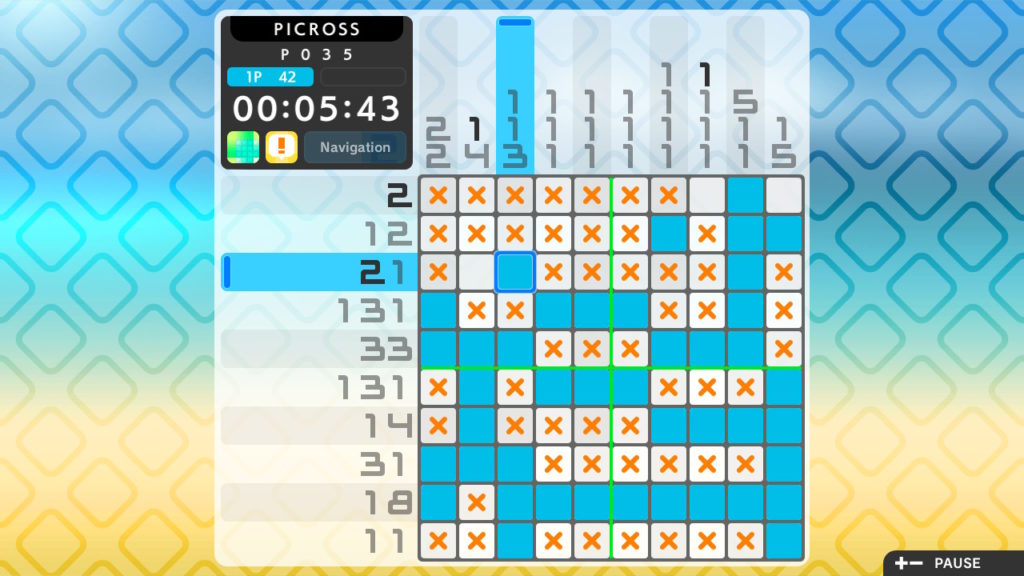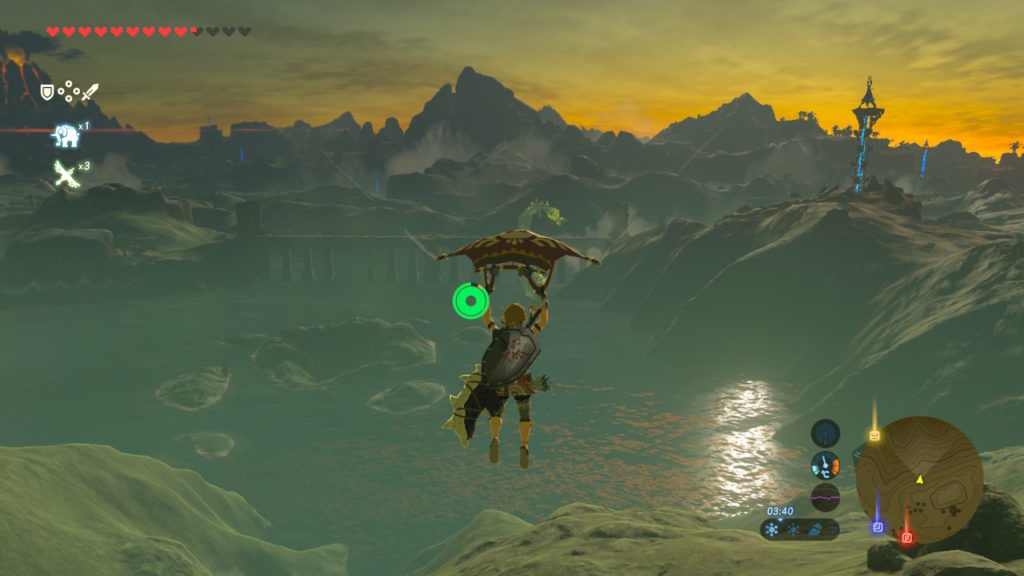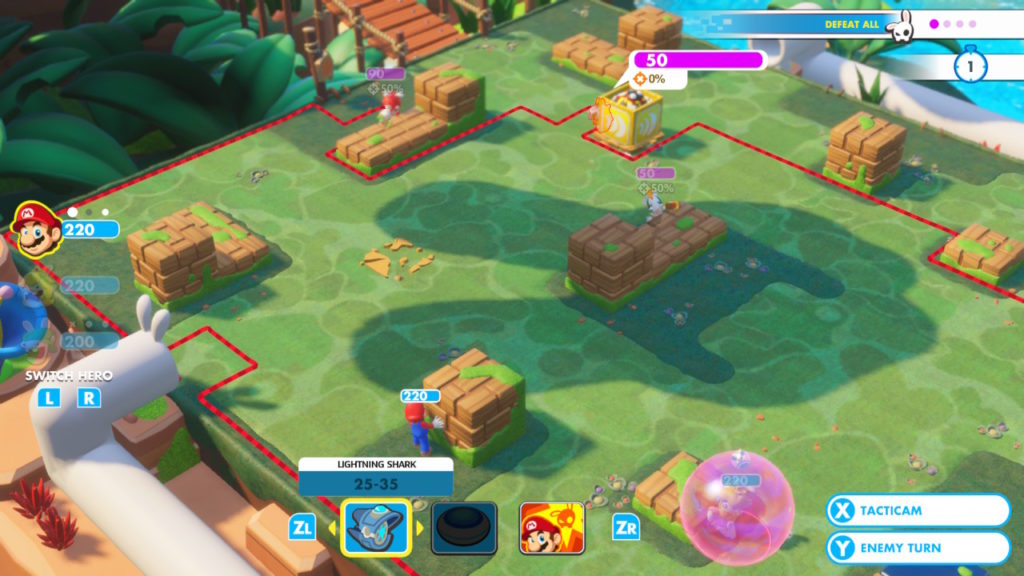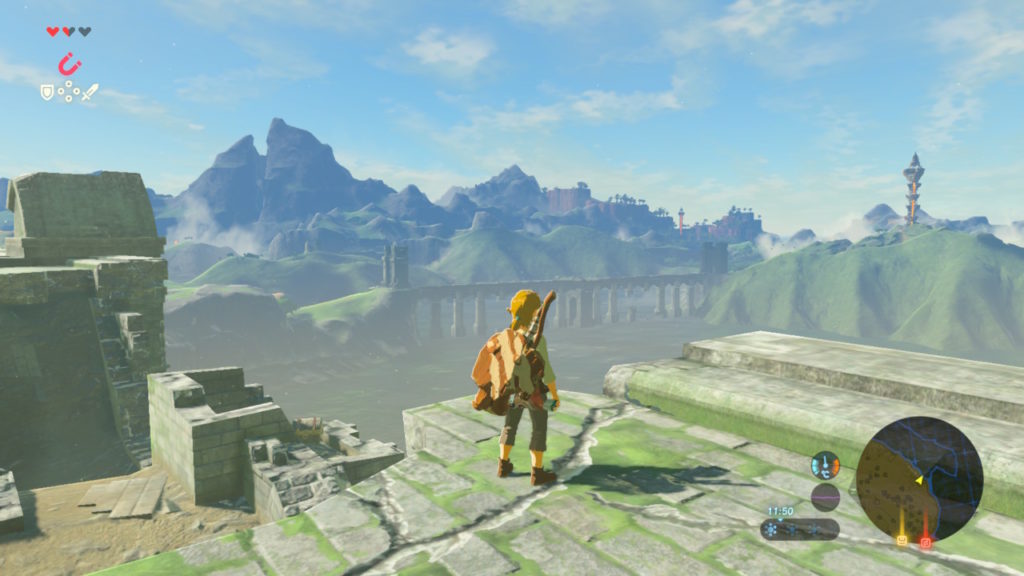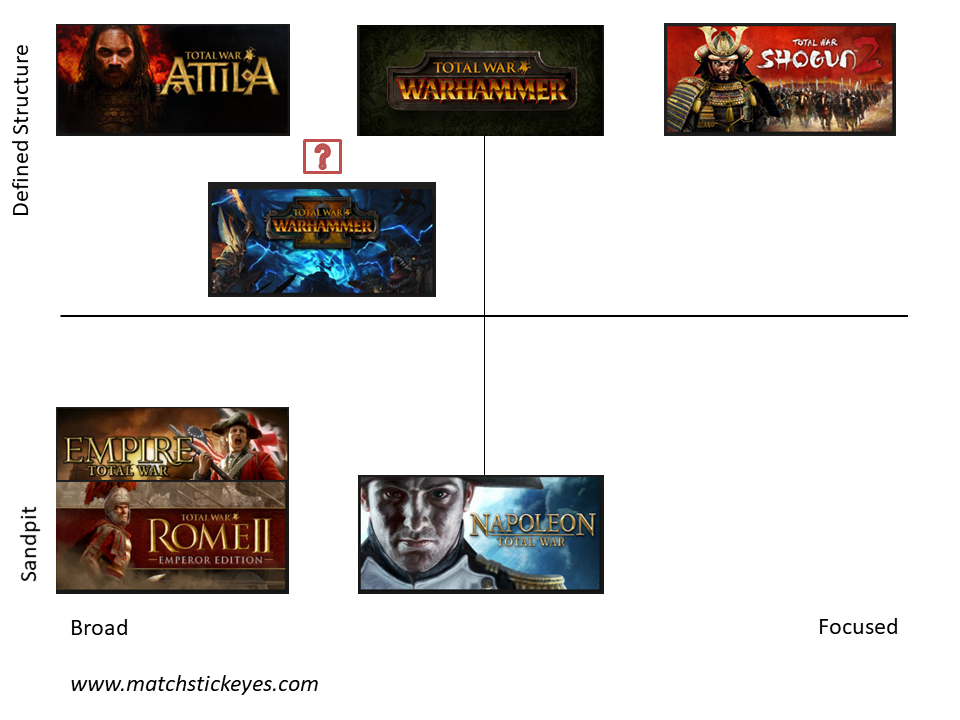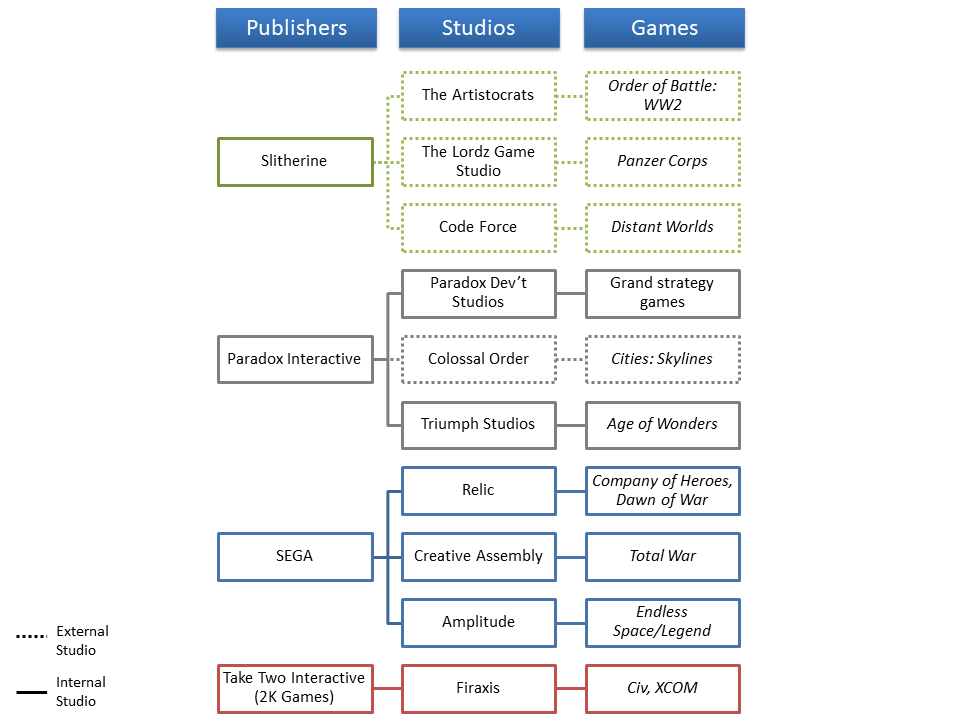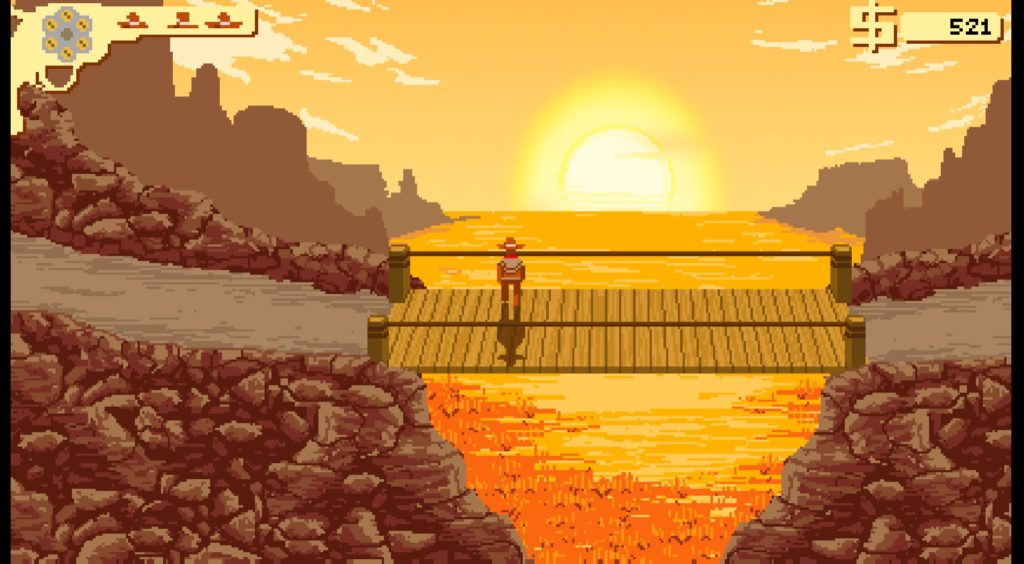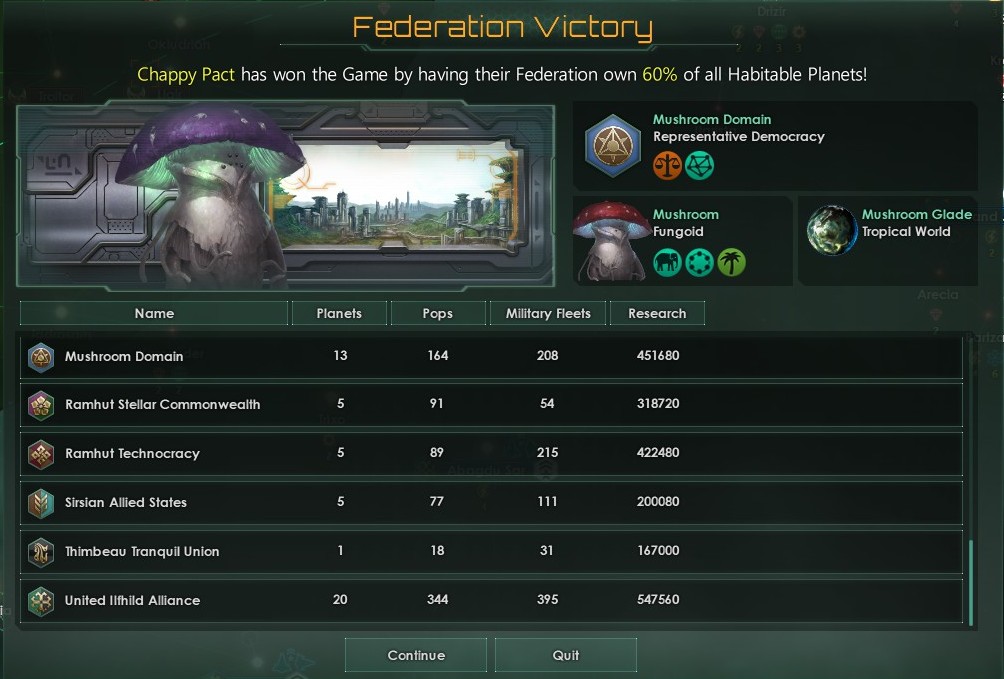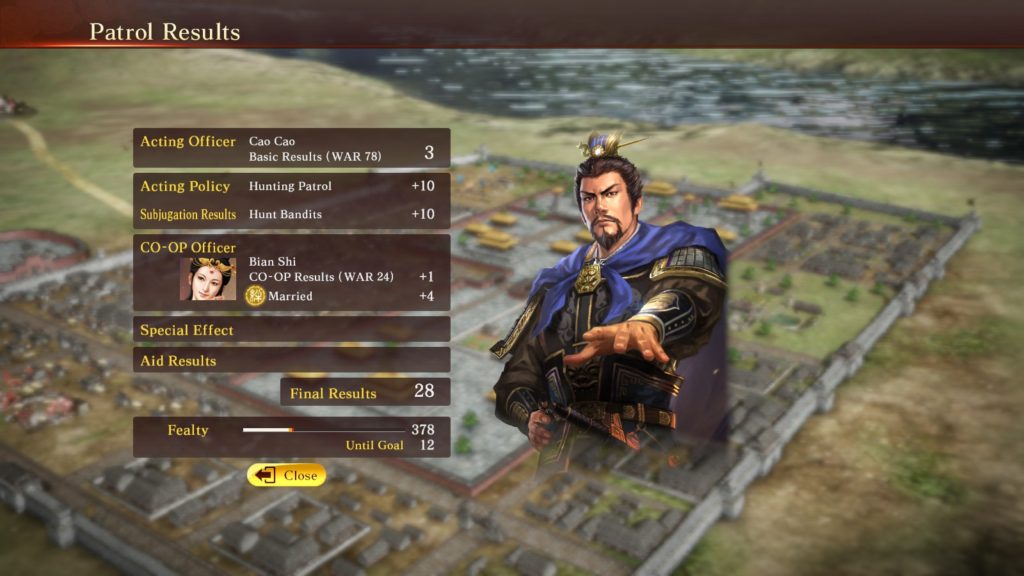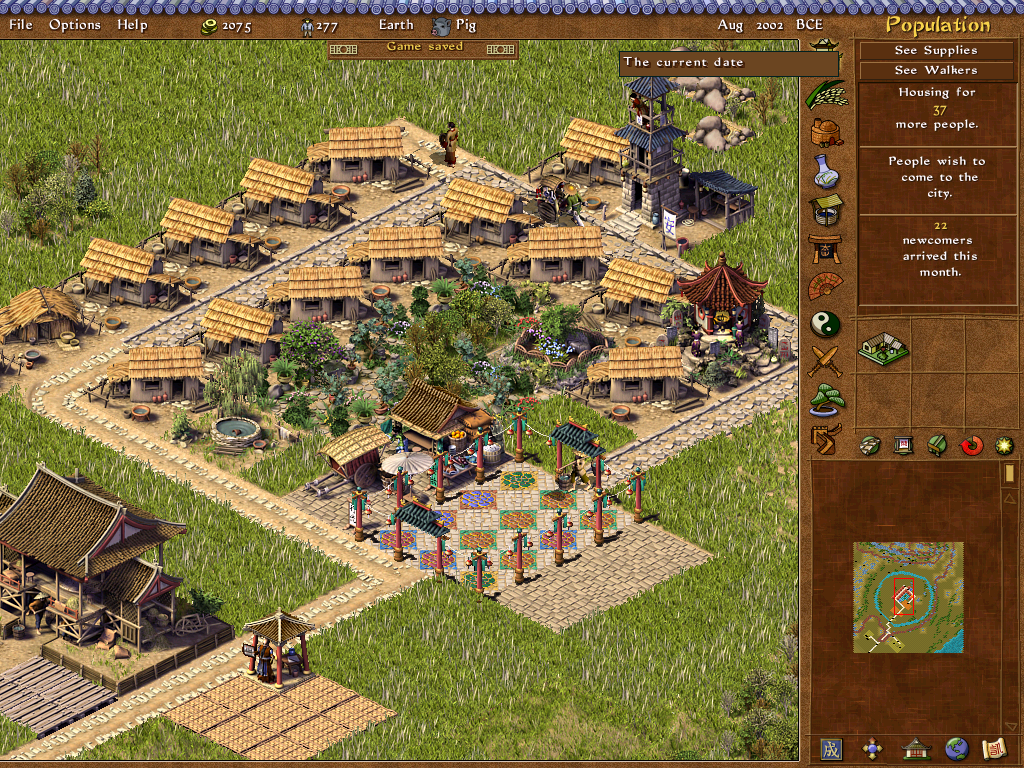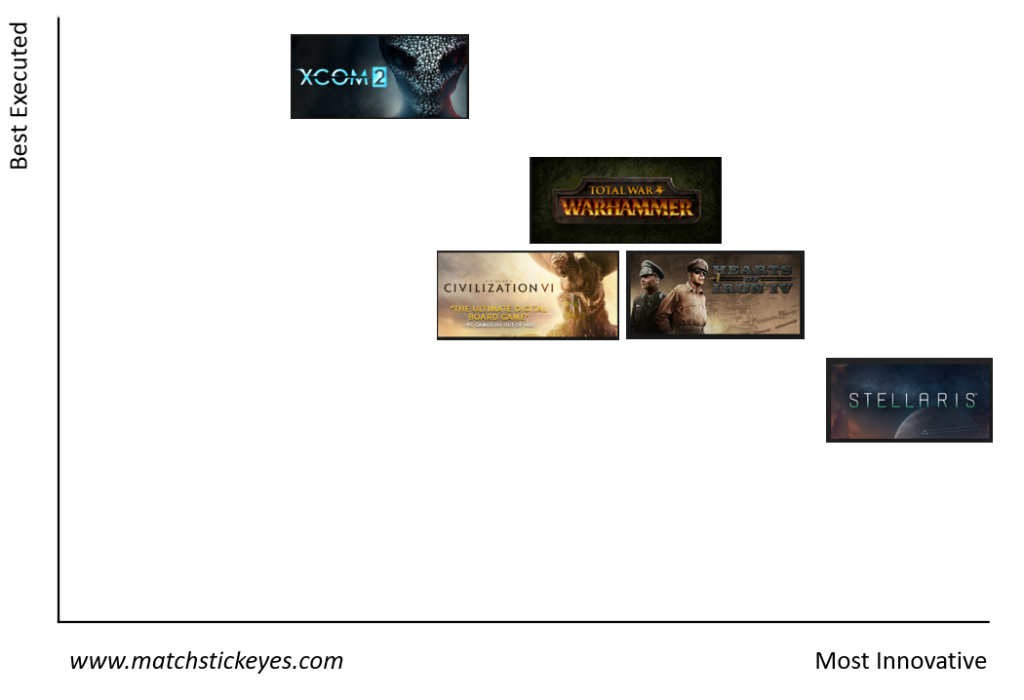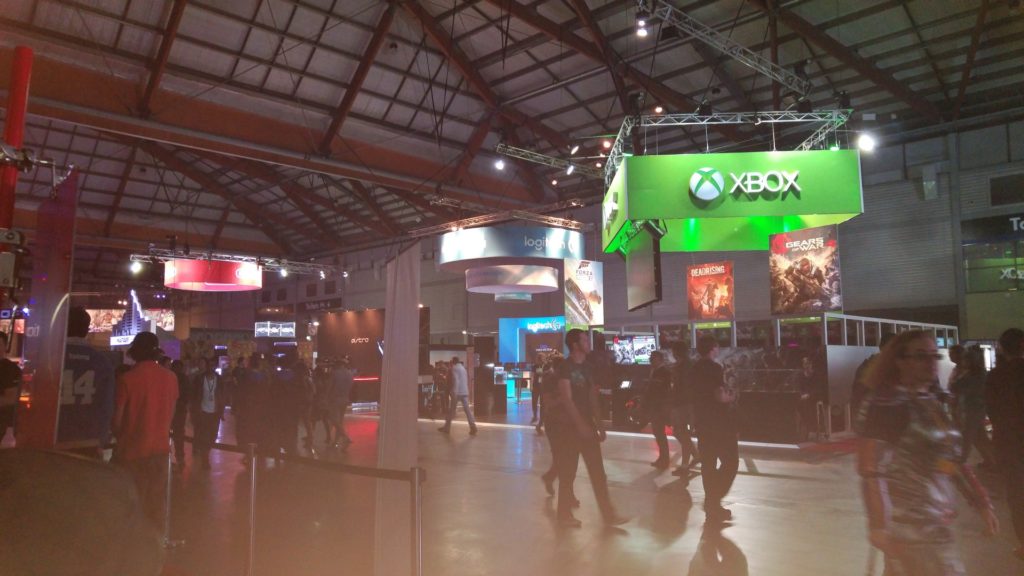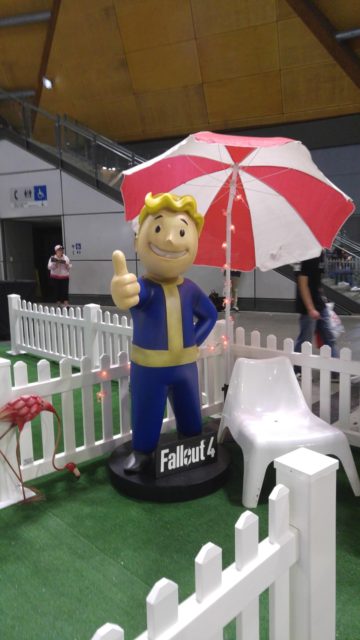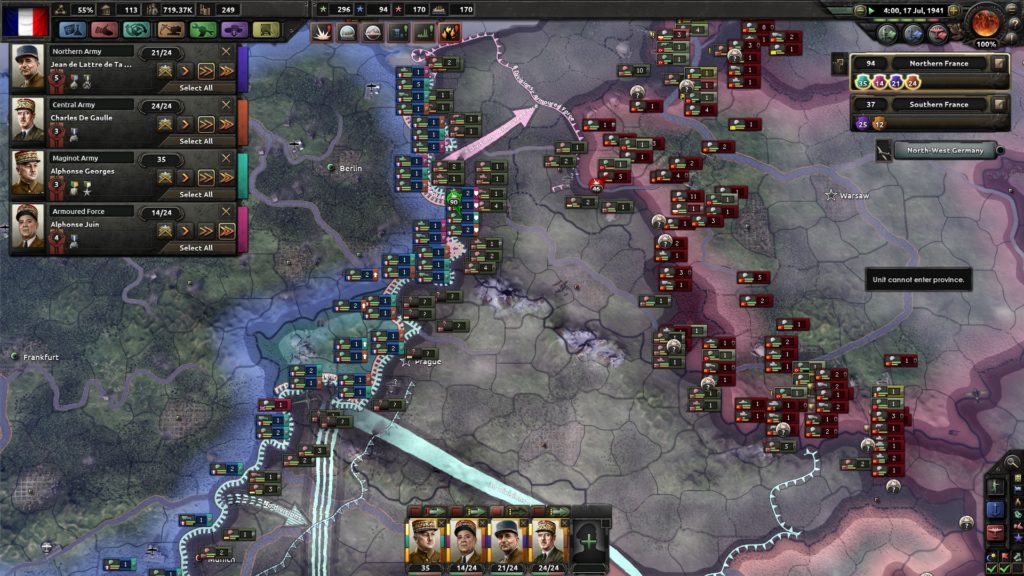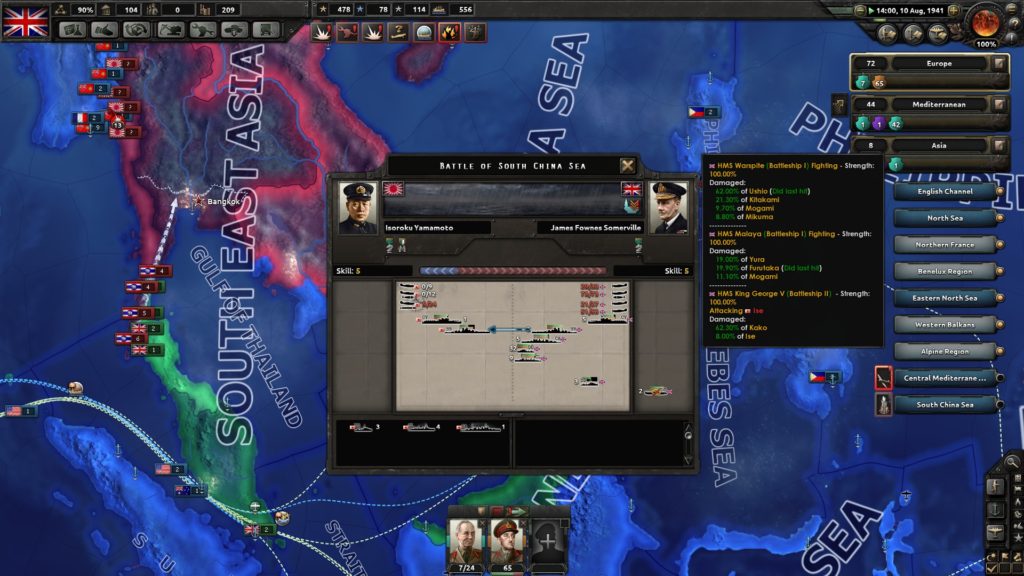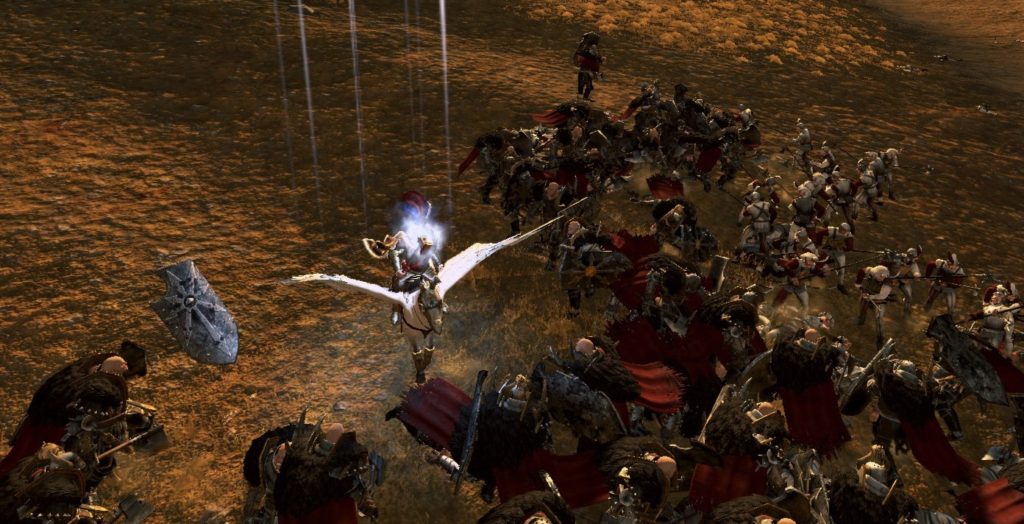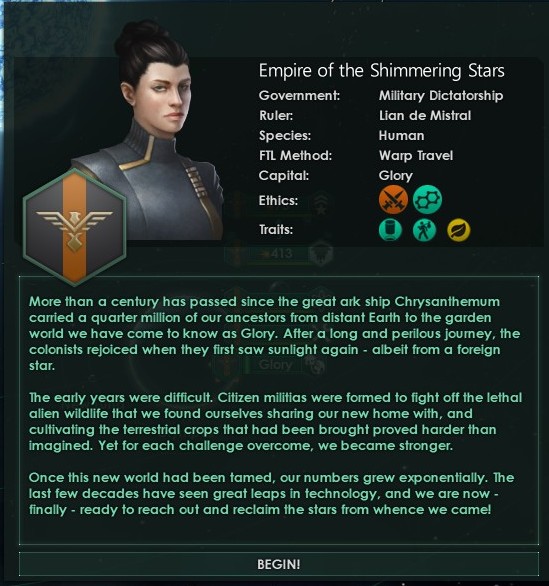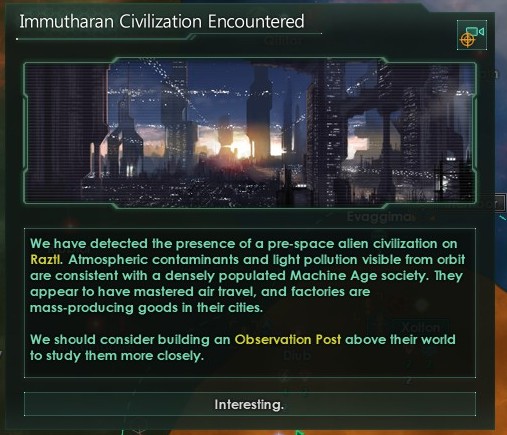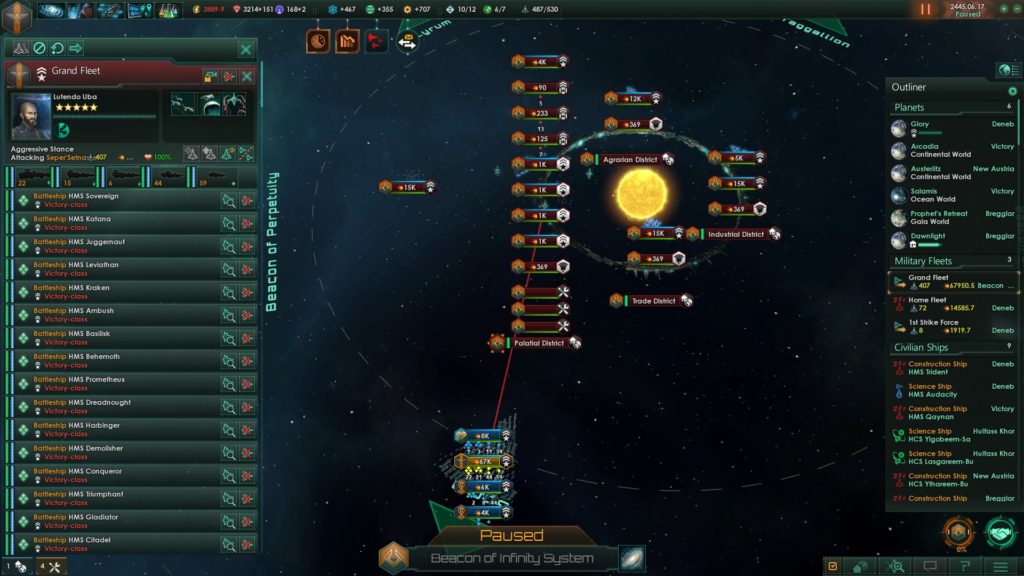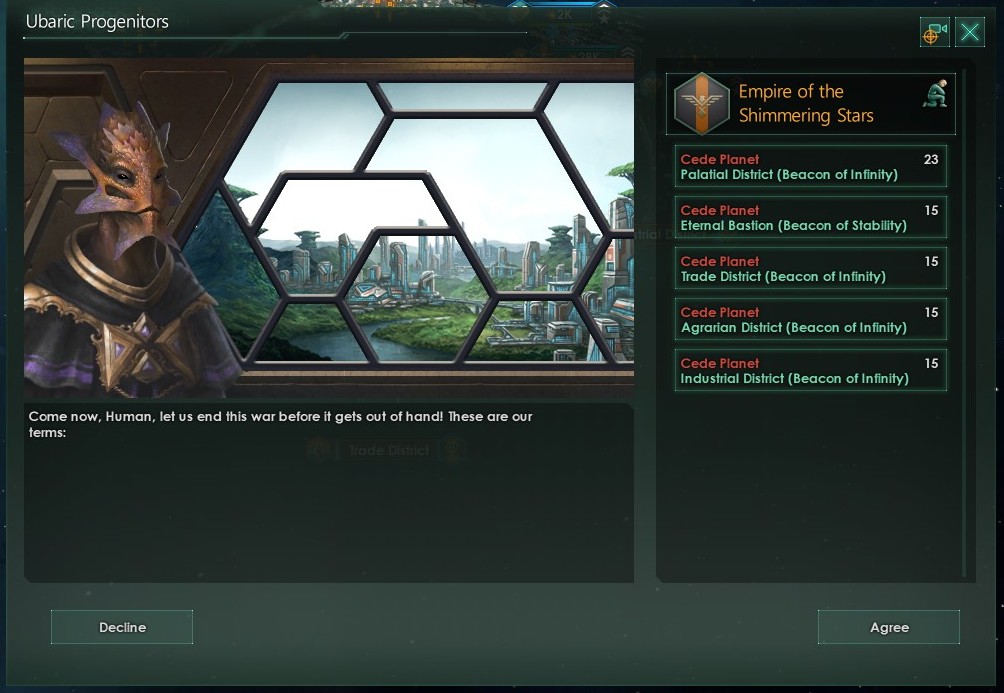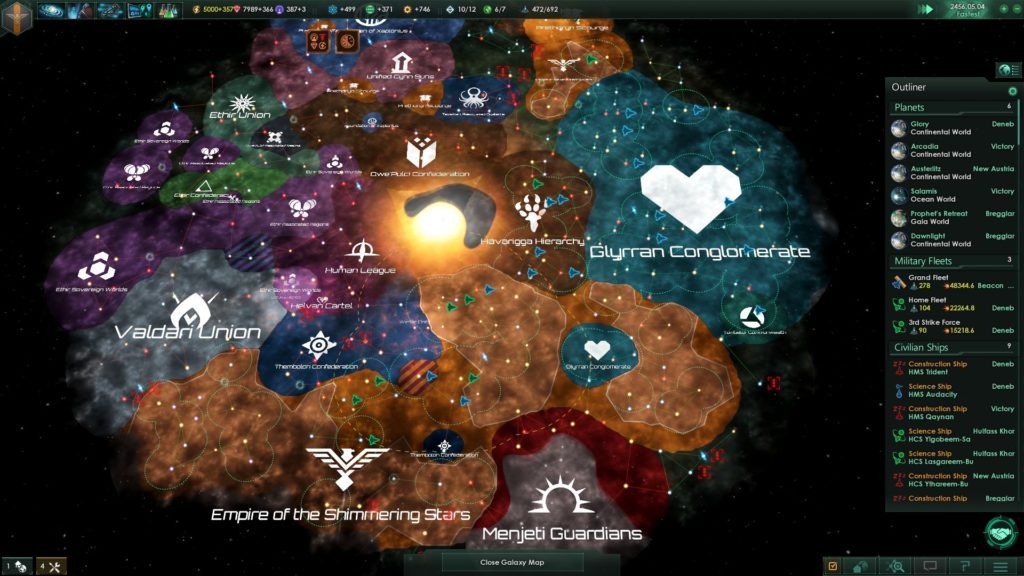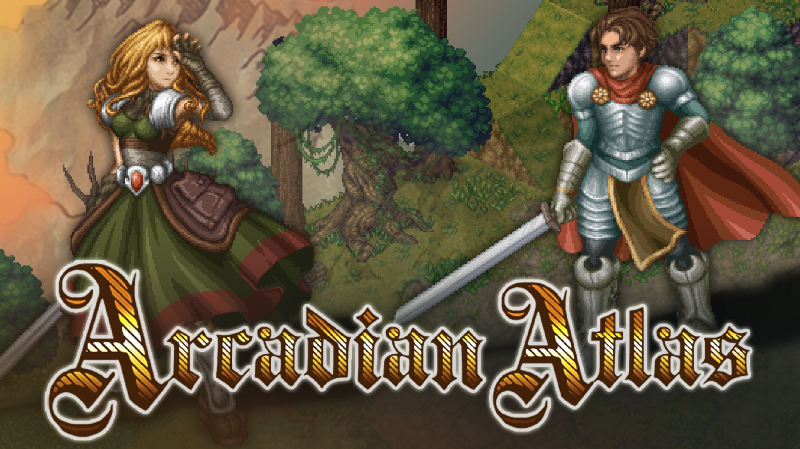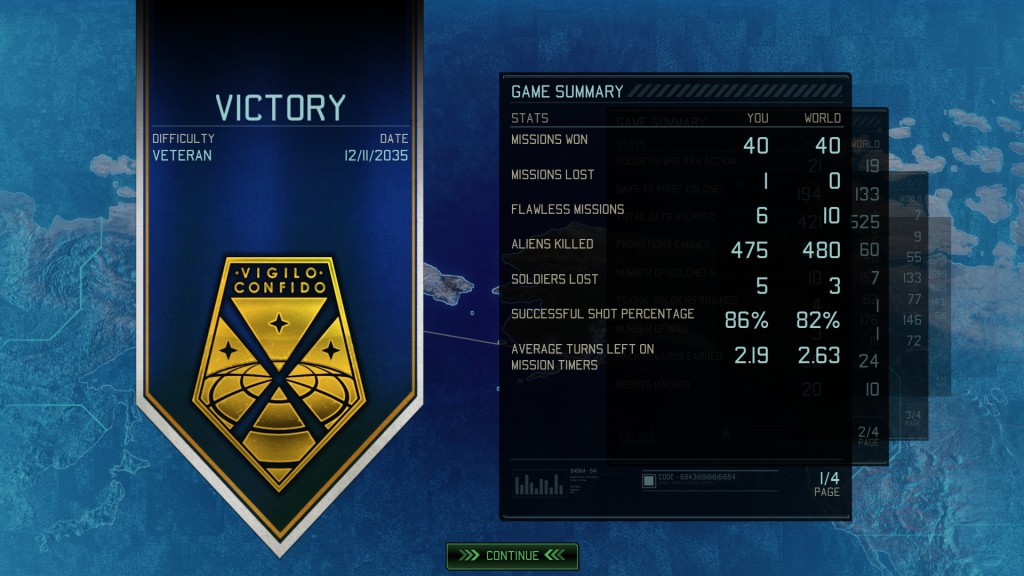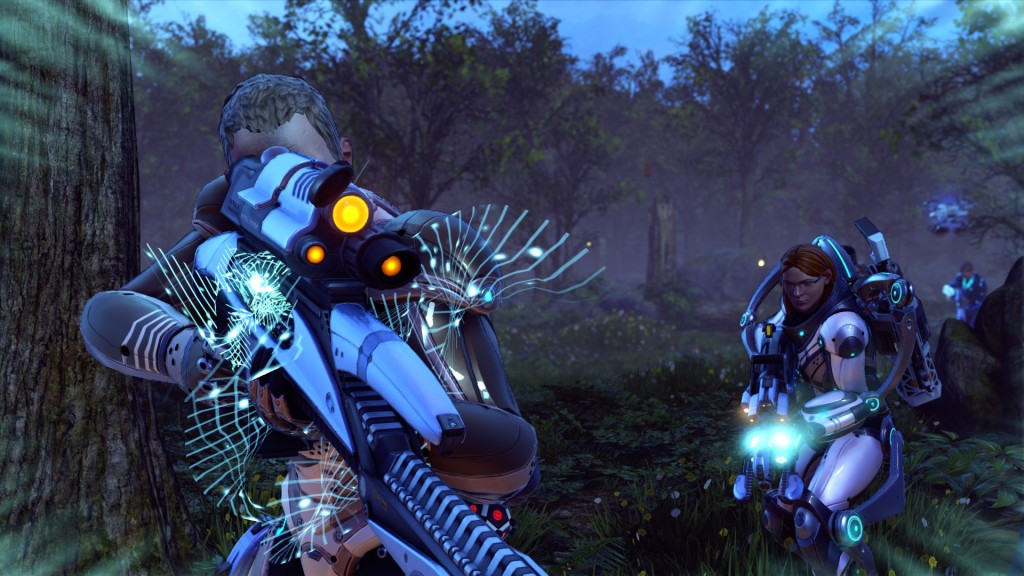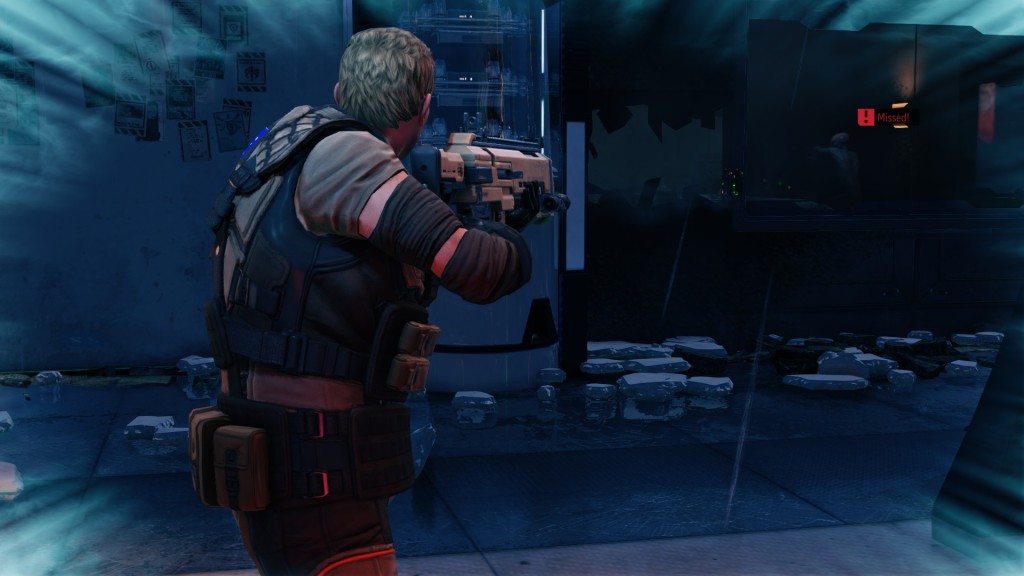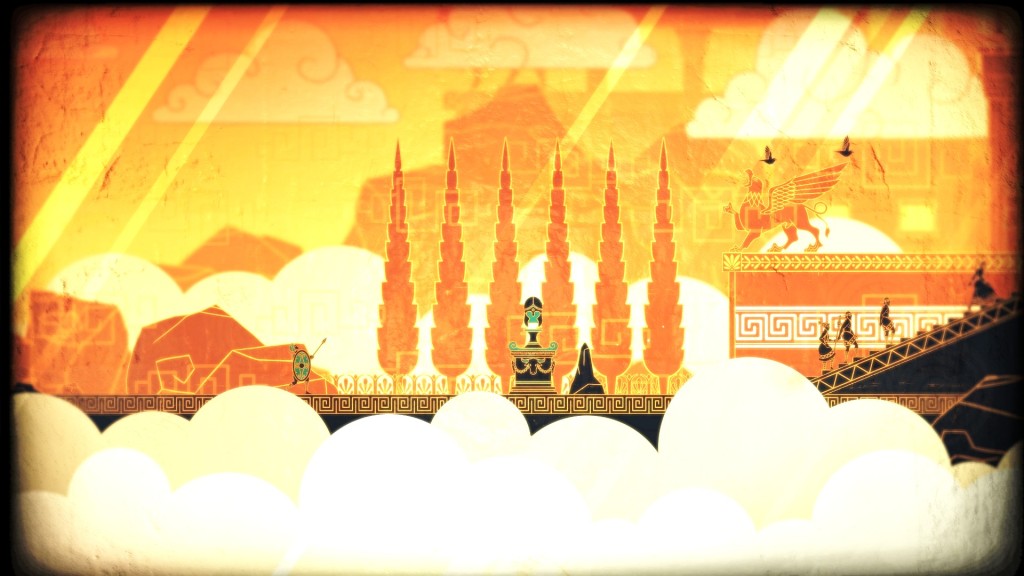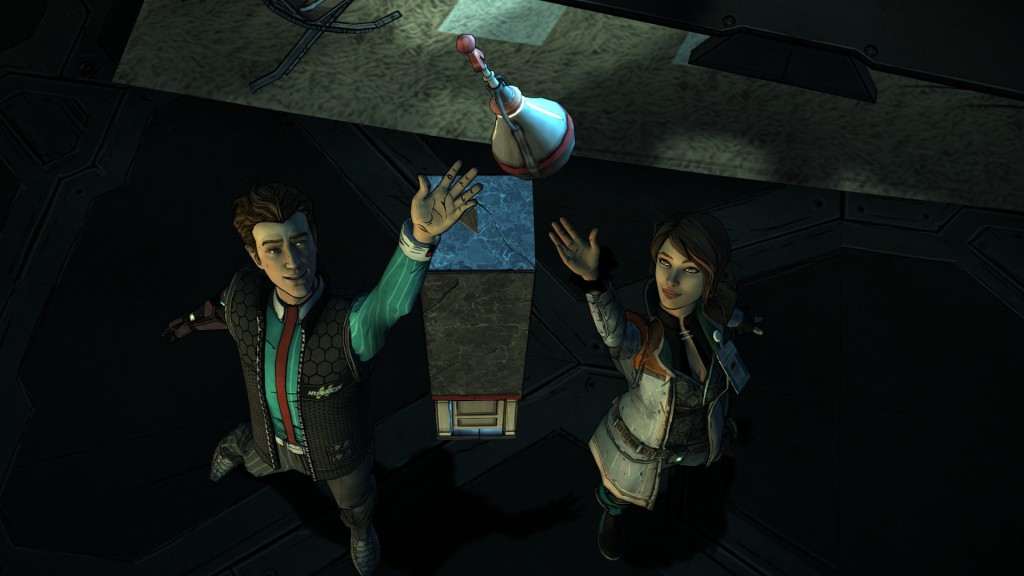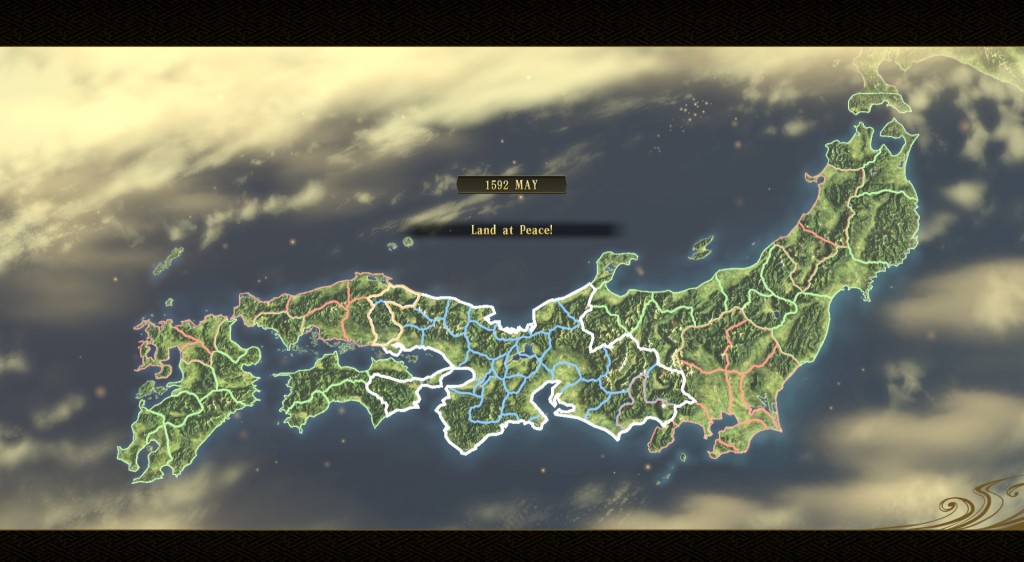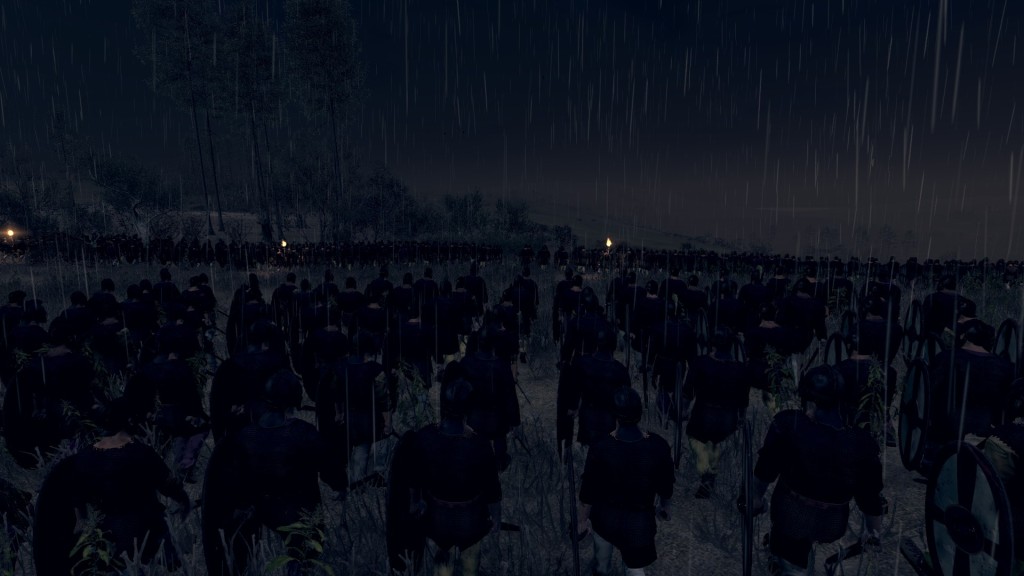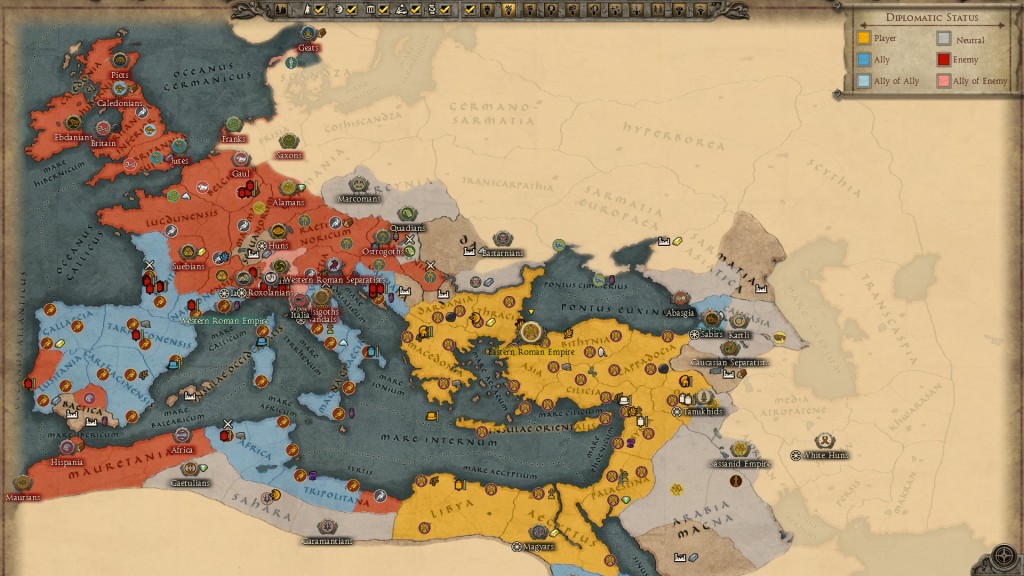What were my favourite games that I played for the first time?
If 2018 was the year in which I bought a Switch and rediscovered the joys of Nintendo games, then 2019 has been a wonderful year for new releases. I played three excellent new games, any one of which would qualify to be Game of the Year: Dragon Quest Builders 2, Total War: Three Kingdoms, and Fire Emblem: Three Houses:
- Dragon Quest Builders 2 has been my unexpected hit of the year. I love building towns, rooms, fields, even defensive walls. I love DQB2’s charming, cheerful characters and world. And even after finishing the story months ago, I love tinkering with my island in the postgame: adding spas, barns, irrigation, and a rail network, fleshing out floor plans, and renovating my early projects with everything that I’ve learned since. I am pretty confident this will be my evergreen Switch game for the foreseeable future.
- Total War: Three Kingdoms is beautiful, challenging, and immersive — a return to form after the hit-and-miss Rome 2 generation. Whether desperately battling to save my capital from a superior invader; planning elaborate, multi-pronged campaigns; haggling with computer players that finally act believably and in-character; or simply admiring the aesthetic, this was almost everything that I hoped for.
- Similarly, Fire Emblem: Three Houses is my favourite in its series. It rewards careful planning — both in battle, and when strategising how to recruit, train, and develop my crew of heroes — with triumphant satisfaction when those plans come together. And its epic narrative, closer to Legend of the Galactic Heroes than to traditional fantasy, has me intrigued. I estimate I’m 70%-80% through my first run, and I look forward to seeing how it will conclude.
- Honourable mentions go to three more games: Rule the Waves 2, which challenges players to design, build, and command not the shiniest navy — but the one that’s most appropriate and cost-effective; and Wargroove and Crying Suns, which show what indie strategy games can do with a striking aesthetic and solid gameplay.
Incidentally, this marks a change from the last couple of years. My favourite games of 2018 were mostly Switch titles that had been released in 2017, such as Super Mario Odyssey, Mario + Rabbids: Kingdom Battle, and one of my all-time favourites, Zelda: Breath of the Wild. And my favourite game of 2017 — Shadow Tactics — was likewise released in December 2016.
What are some games that I revisited?
I also revisited, or kept playing, a number of games that I’d played in previous years. Sometimes, this followed the release of new DLC or updates — as with various PC strategy games. Other times, it was about continuing an existing play-through. Some I particularly enjoyed were:
- Continuing to explore Hyrule in Zelda: Breath of the Wild. I’m still not finished, but with Breath of the Wild 2 announced, a brand-new copy of Link’s Awakening awaiting me, and the DLC a tad too hard for me, perhaps I should just move onto the final battle with Ganon.
- Playing through the postgame of Super Mario Odyssey;
- Exploring alien archaeological sites and building a galactic empire in Stellaris‘ Ancient Relics DLC;
- Saving the world from fascism for the umpteenth time in Hearts of Iron IV: Man the Guns – and leading the NCR in the Fallout total conversion mod;
- Trying out new civilisations and winning the space race again in Civilization VI: Gathering Storm.
- Playing Battletech’s career mode — aka Galactic Mercenary Hand-to-Mouth Simulator — in ironman.










